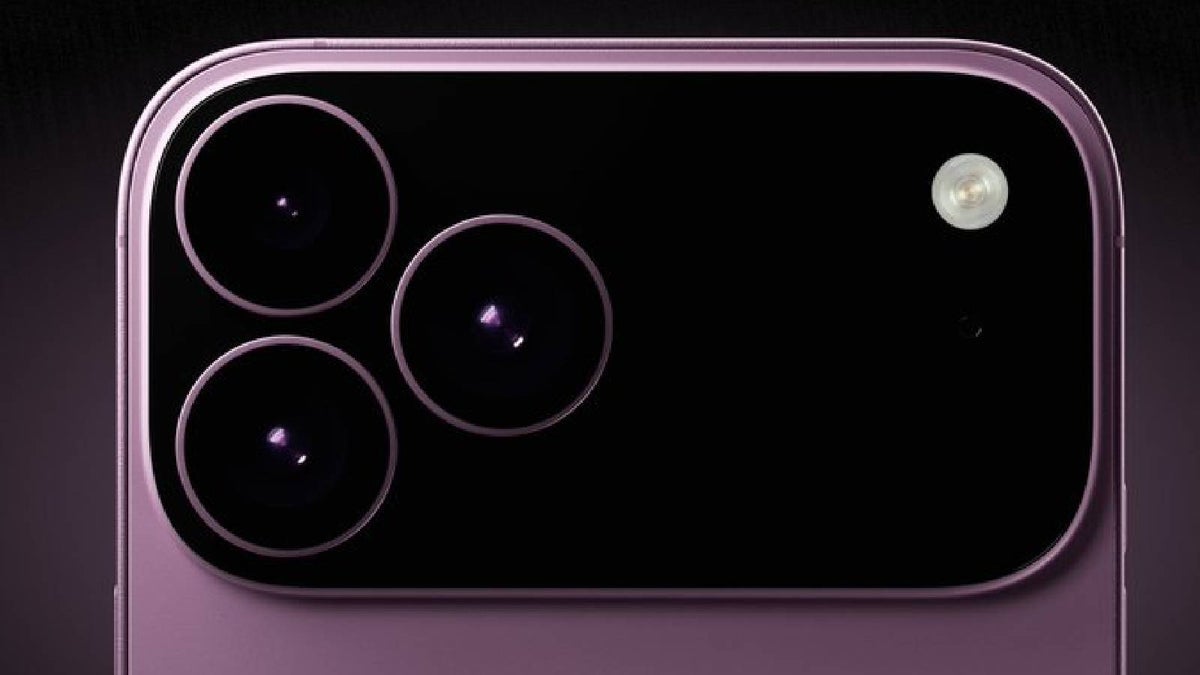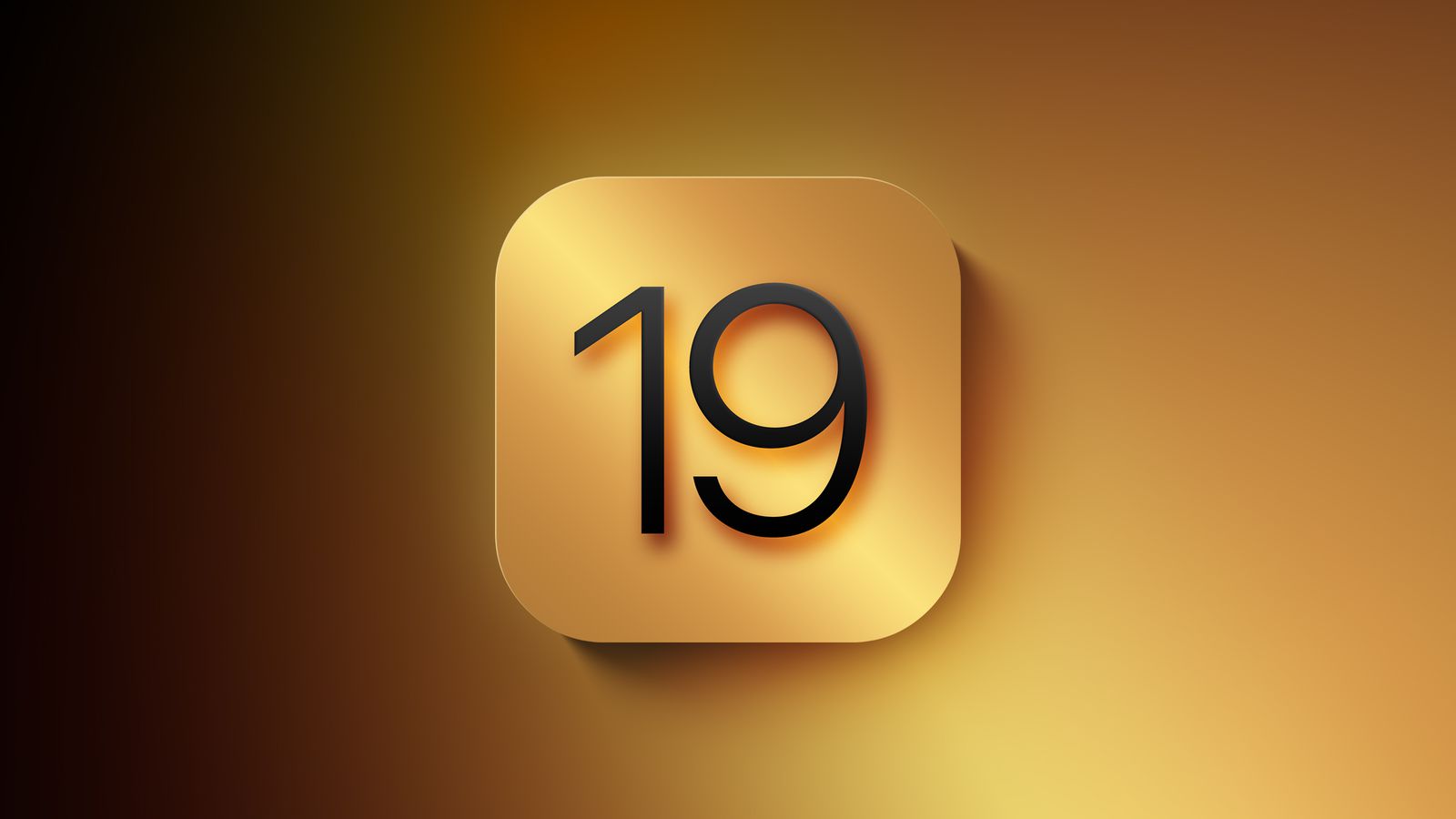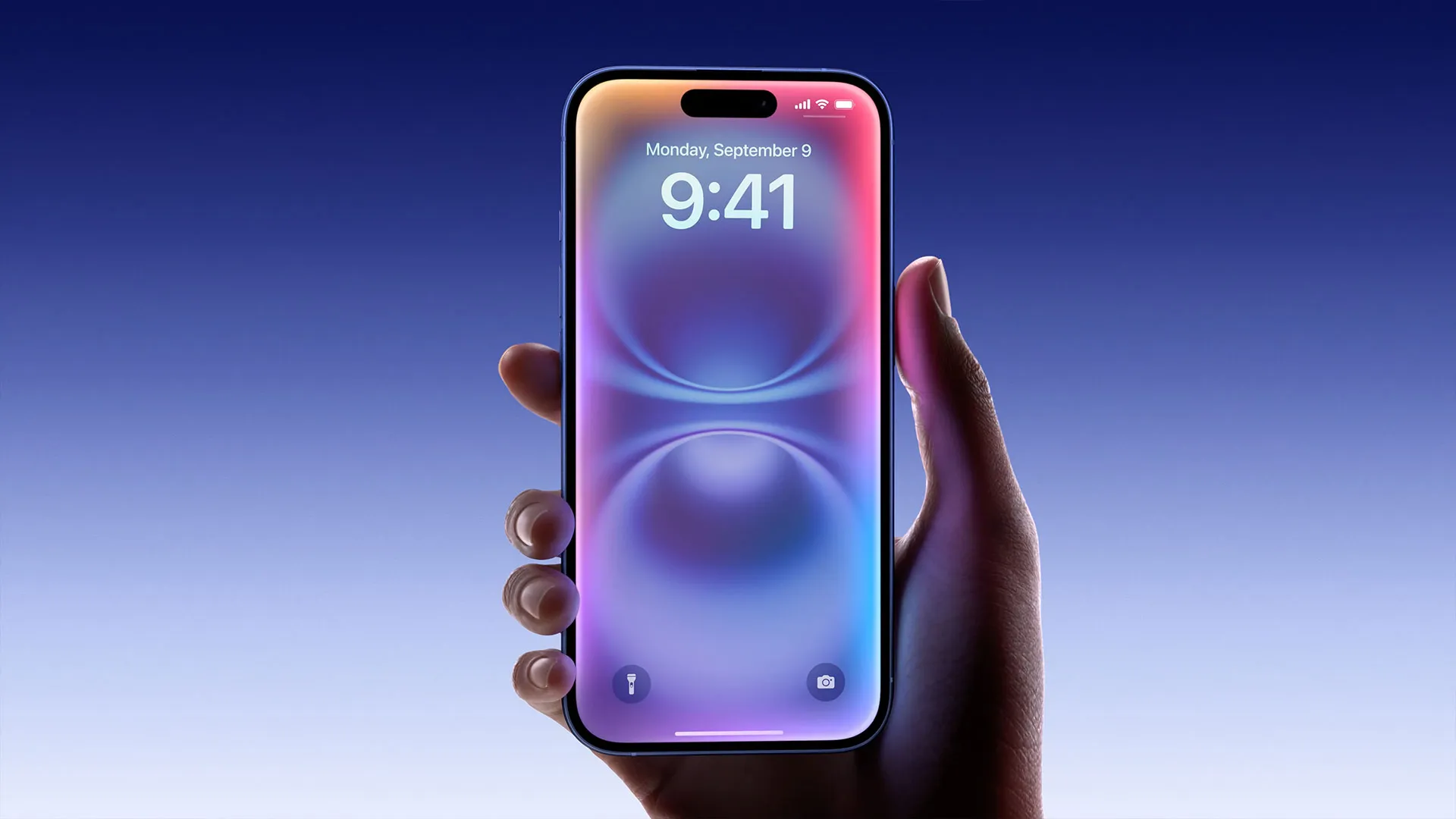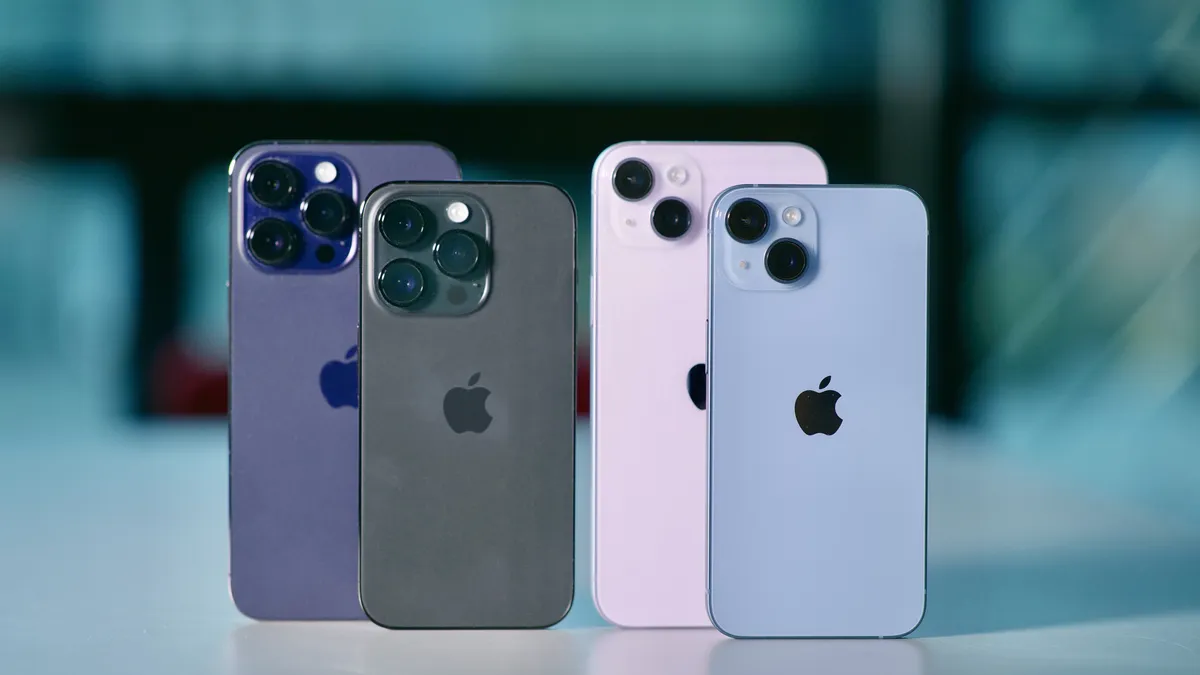Many grown-ups in the U.S. think artificial intelligence (AI) is more of a problem than a help, according to new studies. People are scared that AI might take their jobs, invade their privacy, or even trick them with fake stuff online. This fear shows a big opening for Apple, a company known for keeping things safe and private. Unlike other tech giants rushing into AI, Apple could win people over by making AI that’s easy to trust and use.
Meanwhile, excitement is building for the iPhone 17 Pro, expected next year. Rumors say it’ll have huge improvements that could tie into Apple’s careful AI approach. The phone might get a super-strong A19 chip, making it faster and better at handling smart tasks. Its camera could also jump to a 48-megapixel lens, perfect for sharp photos and videos. Plus, a tougher, scratch-proof screen might make it stand out even more.
Apple’s slow and steady style could be a winner here. While others push AI fast and loose, Apple has a shot to calm people’s worries. If the iPhone 17 Pro blends powerful tech with safety-first AI—like protecting your data or spotting fakes, it could be a game-changer. Folks who feel nervous about AI might pick Apple because it promises to keep things simple and secure.
The surveys show nearly 6 out of 10 Americans see AI as risky. That’s a loud signal for Apple to step up. By mixing top-notch phone upgrades with AI that puts people at ease, Apple could turn fear into trust—and maybe even sales. The iPhone 17 Pro might just be the perfect tool to prove it.
Everyone seems to be sharing the same iPhone 17 CAD, so I thought I’d share the ones I’ve seen. Do we like this design? pic.twitter.com/IttxjgDhnb
— Sonny Dickson (@SonnyDickson) February 28, 2025





